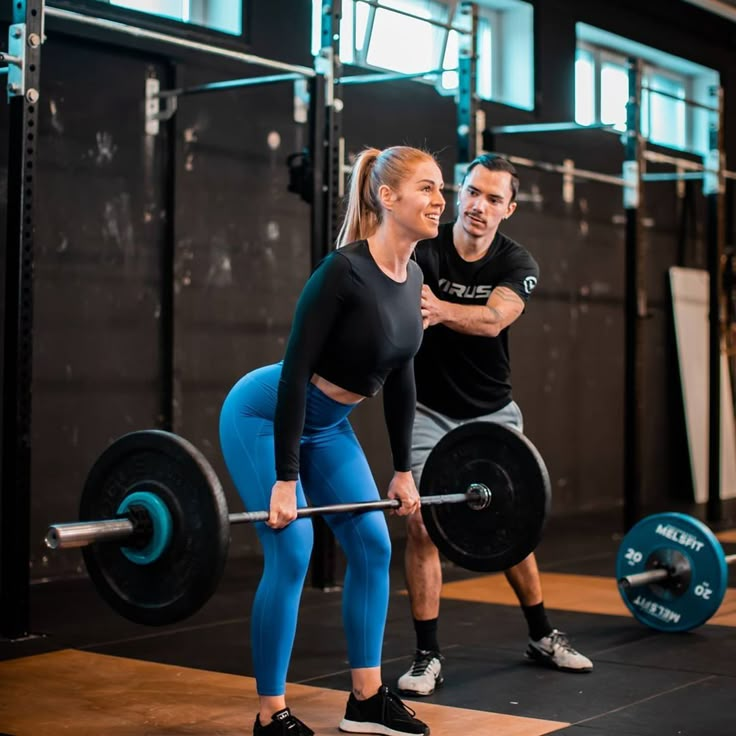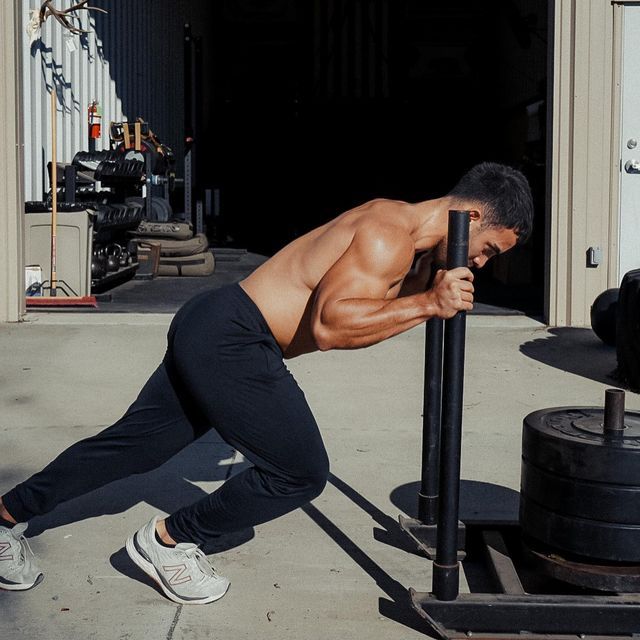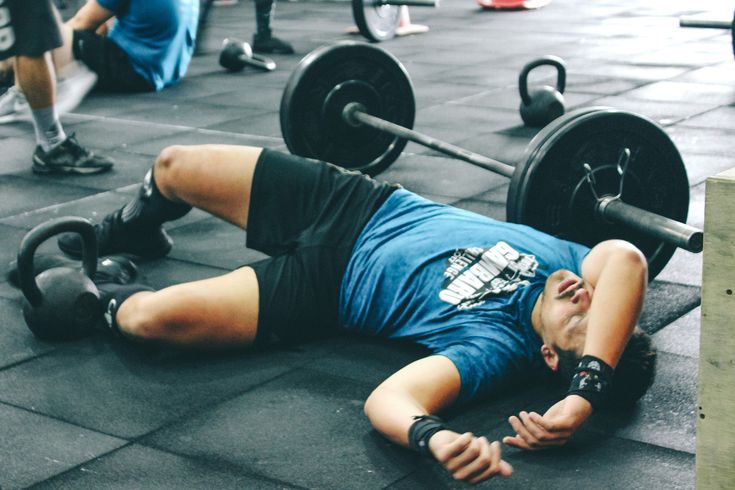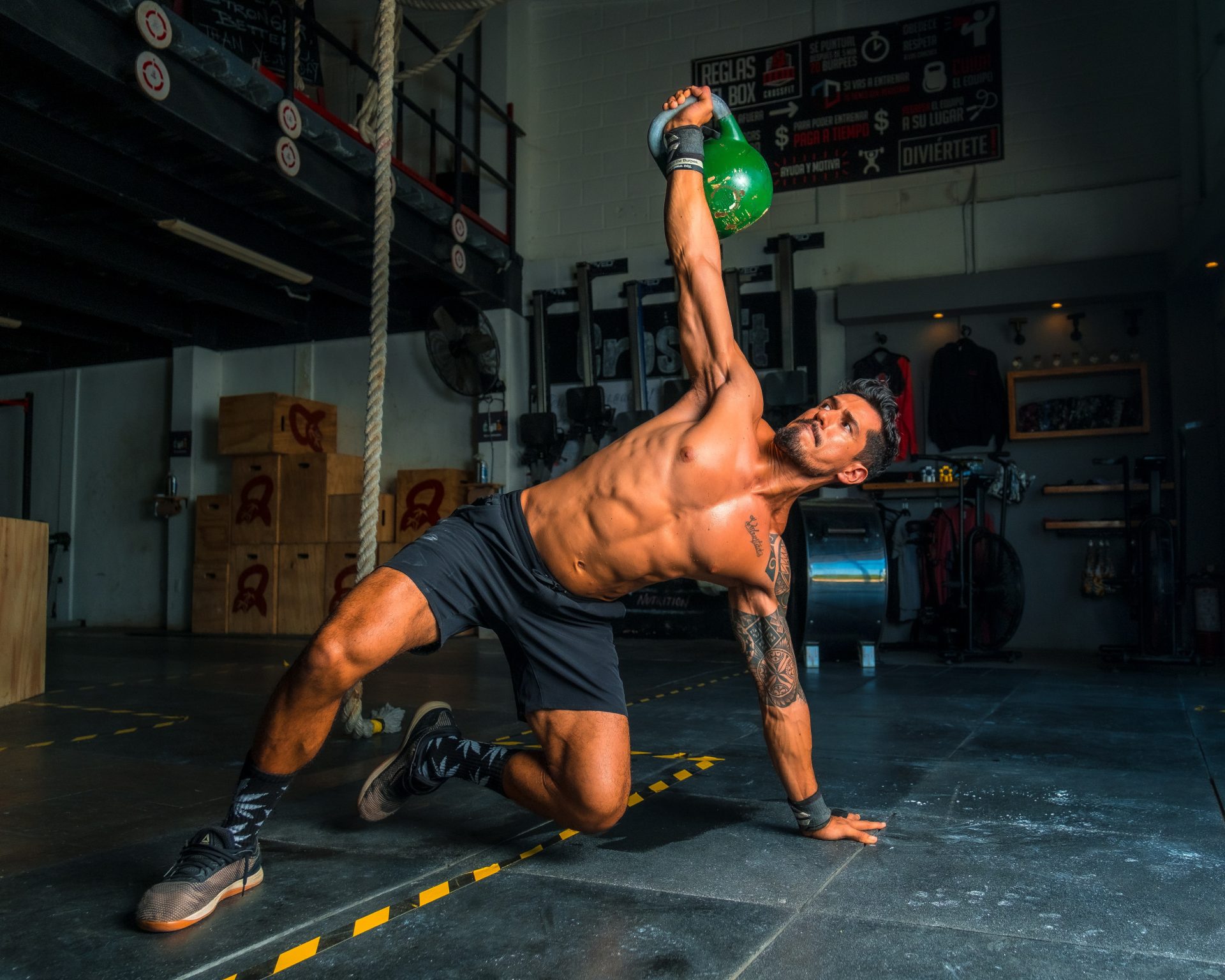CrossFit can be a great way to improve your fitness, but many people make mistakes that hold them back. Identifying and avoiding common CrossFit mistakes is essential for maximizing your results and staying injury-free. Whether you are a beginner or have some experience, understanding proper techniques and focusing on your nutrition can greatly enhance your performance.
One of the biggest errors is skipping warm-ups and cool-downs. These steps are crucial for preparing your body and preventing soreness. Additionally, not prioritizing your diet or recovery can hinder your progress. By being aware of these mistakes, you can build a solid foundation and truly enjoy your CrossFit journey.
Your mindset also plays a significant role in CrossFit. Learning to balance intensity with safety can lead to long-term success. Staying patient and consistent will help you gain strength and improve over time.
Key Takeaways
- Avoid skipping warm-ups and cool-downs to prevent injuries.
- Focus on proper nutrition and recovery for optimal performance.
- Maintain a balanced mindset to ensure lasting progress in your training.
Understanding CrossFit and Proper Form
In CrossFit, proper form is a cornerstone of effective workouts. Focusing on technique not only enhances performance but also reduces the risk of injuries. This section covers the significance of maintaining good form and identifies common mistakes you can avoid.
The Importance of Technique in Workouts
Technique is vital for achieving your fitness goals in CrossFit. Proper form ensures that you are performing functional movements safely. This approach maximizes your workout results and helps prevent injuries.
When you prioritize technique, you engage the right muscle groups effectively. For example, during a deadlift, maintaining a straight back protects your spine. Focusing on your form during exercises will lead to better performance and results over time.
Common Form Mistakes and How to Correct Them
Many beginners make common form mistakes that can hinder progress and increase injury risks. Here are a few key errors and how to fix them:
- Rounded Back in Deadlifts: Keep your back straight, and engage your core to stabilize your spine.
- Improper Squat Depth: Aim for thighs parallel to the ground while keeping your weight on your heels.
- Incorrect Hand Placement in Push-ups: Your hands should be slightly wider than shoulder-width for better support.
By addressing these mistakes, you can improve your technique and enjoy a safer, more effective CrossFit experience.
Strategies for Effective Mobility and Flexibility
Improving mobility and flexibility is crucial for your success in CrossFit. By adding specific strategies to your routine, you will not only enhance performance but also reduce injury risk.
Incorporating Stretching and Mobility Work
To achieve better mobility and flexibility, you should include various stretching techniques. Dynamic stretching is great before workouts. It helps warm up your muscles and prepares your body for movement.
Static stretching should be done after workouts. Focus on common tight areas such as:
- Hips
- Shoulders
- Hamstrings
Using tools like foam rollers and resistance bands can also aid recovery. Aim for at least 10–15 minutes daily for mobility drills. Regular practice keeps your muscles and joints flexible, which benefits your workouts and overall health.
The Risks of Neglecting Mobility
Skipping mobility work can lead to serious setbacks in your CrossFit journey. When you ignore flexibility, your range of motion shrinks. This can hinder your ability to perform exercises correctly and safely.
Neglecting mobility increases your injury risk. Common injuries include strains and sprains caused by muscle imbalances or poor technique. Additionally, if you’re consistently experiencing muscle tightness, recovery times can lengthen, making it harder to keep training. Address these issues by prioritizing mobility in your routine to maintain healthy progress.


The Role of Nutrition and Recovery in CrossFit
Nutrition and recovery are essential for optimizing your performance in CrossFit. A balanced diet fuels your workouts and supports muscle recovery. Additionally, proper post-workout nutrition and adequate sleep play a significant role in how well you perform and recover.
Crafting a Balanced Diet for CrossFit Athletes
To excel in CrossFit, focus on a balanced diet that includes a variety of foods. Aim for lean proteins, healthy fats, and complex carbohydrates.
Proteins help build and repair muscles. Consider options like chicken, fish, eggs, and legumes.
Healthy fats, found in avocados, nuts, and olive oil, support hormone production and enhance nutrient absorption.
Complex carbohydrates provide the energy necessary for intense workouts. Include whole grains, fruits, and vegetables in your meals.
A simple formula is:
- Protein: 20-30% of your intake
- Fats: 20-35%
- Carbohydrates: 45-60%
Understanding Post-Workout Nutrition
What you eat after a workout matters greatly. Aim to consume a meal or snack that combines protein and carbohydrates within 30-60 minutes of finishing your session.
This helps replenish glycogen stores and repairs muscle fibers.
Here are some easy post-workout options:
- Greek yogurt with fruit
- Protein shake with banana
- Whole grain toast with nut butter
Ensure that your post-workout nutrition includes about 20-30 grams of protein. This will support muscle recovery and growth.
Importance of Sleep and Muscle Recovery
Getting enough sleep is crucial for recovery. Aim for 7-9 hours of quality sleep each night. While you sleep, your body repairs tissues and builds muscle.
Sleep also helps regulate hormones that impact hunger and stress, making it easier to stick to your nutrition plan.
Quality sleep can enhance your performance and lower your risk of injury.
Consider these tips for better sleep:
- Maintain a consistent sleep schedule
- Create a relaxing bedtime routine
- Limit screen time before bed
Incorporating these practices into your routine will help you recover faster and improve your overall CrossFit experience.


Programming and Scaling Workouts for Progress
Effective programming and scaling in CrossFit are key to making progress, especially for beginners. Understanding how to build a strong foundation and adjust workouts ensures you stay safe and achieve your fitness goals.
Building a Strong Foundation for Beginners
As a beginner, your focus should be on building a solid base before tackling advanced workouts. Start by mastering basic movements like squats, push-ups, and deadlifts. Use lighter weights during the initial phase to enhance your strength and technique.
Warm-Up: Always begin with a proper warm-up to prepare your body. Spend at least 10 minutes on dynamic stretches and light cardio.
WOD Adaptation: Your first few WODs (workouts of the day) should include simpler variations of exercises.
This approach helps to prevent injuries and supports steady progression. As you become more comfortable, you can gradually increase weight and complexity.
How to Scale Workouts and Maintain Progress
Scaling workouts is crucial in CrossFit because it allows you to progress at your pace.
Identify Your Limits: Assess your current fitness level and choose weights or modifications suitable for that level.
For example:
- Weightlifting: If you cannot complete a set with proper form, reduce the weight.
- Cardio: If a benchmark run is too intense, adjust the distance or duration.
Focus on maintaining proper form, as safety is more important than speed or weight. Engage with your coach or training partners to find effective scaling options.
Identifying and Overcoming Plateaus
Plateaus can be frustrating but are a normal part of any training process. Identifying signs of a plateau is the first step toward overcoming it.
Signs of a Plateau:
- You struggle to lift the same weights you used to.
- Your workout times stagnate or worsen.
To break through, consider making small changes:
- Change Your Programming: Incorporate different movements or protocols to challenge your body.
- Increase Frequency: Add another training day or modify your rest days.
Regularly assessing your program and adjusting your scaling technique can keep you moving toward your fitness goals.
Mental and Social Aspects of CrossFit Training
CrossFit is not just about physical fitness; it also involves mental strength and a strong community. Understanding how these aspects work together can lead to better performance and satisfaction in your training.
Setting Realistic Fitness Goals
Setting realistic fitness goals is crucial in CrossFit. It helps you stay motivated while avoiding frustration. Identify what you want to achieve, whether it’s improving your personal records or mastering a specific skill.
Create SMART goals—Specific, Measurable, Achievable, Relevant, and Time-bound. For example, instead of saying, “I want to get stronger,” specify, “I will increase my deadlift by 10 pounds in four weeks.”
Breaking larger goals into smaller milestones can boost your confidence. Celebrate each achievement, no matter how small. This mindset keeps you focused and consistent in your training.
The Value of Community and Accountability in CrossFit
The social aspect of CrossFit is vital to your success. Affiliate gyms foster a strong community where members encourage each other. This support can significantly boost your motivation to attend classes regularly.
Having workout partners or coaches who hold you accountable can improve your performance. You may feel more committed to your goals when others are cheering you on.
It’s important to avoid comparing yourself to others. Everyone has a unique fitness journey. Listen to your body and focus on your progress. Embrace the community spirit while keeping your eyes on your goals.




